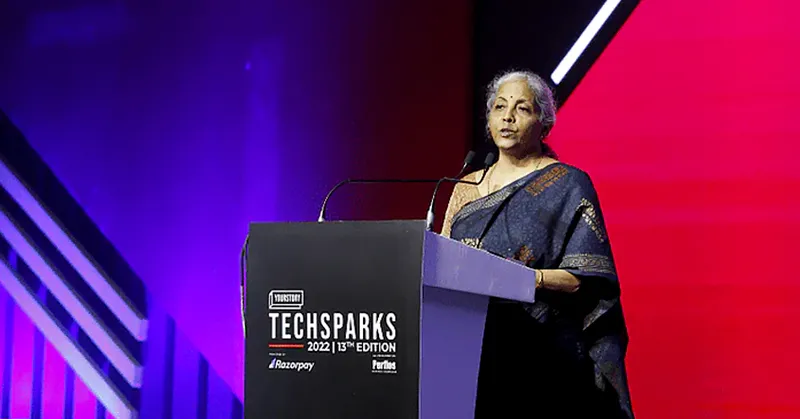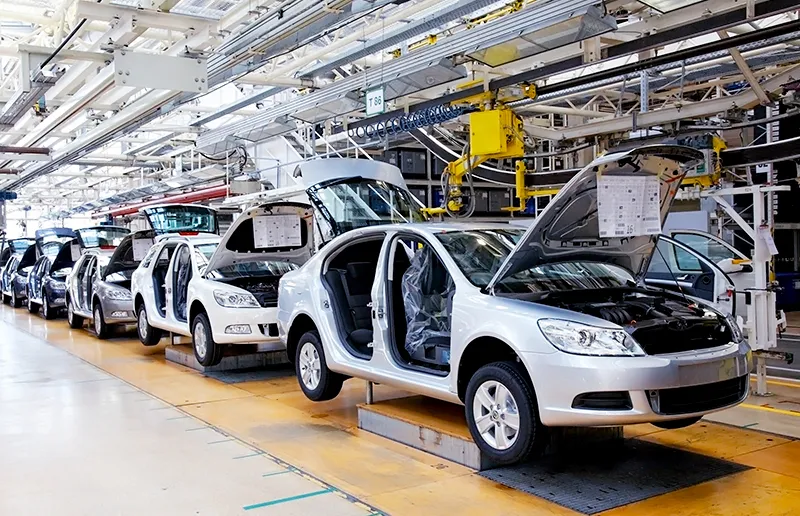Budget 2023: Expectations of the auto industry
Despite uncertainties looming over the market, India was the largest producer of two-wheelers in 2022. Over 13 million units of two-wheelers were sold across the country last year.
Ahead of the Union Budget 2023 presentation on February 1, Finance Minister Nirmala Sitharaman has been holding pre-budget consultations with various industry bodies, including the automobile industry, which is looking for a growth-oriented budget.
The upcoming Budget will hold great significance for the Indian auto industry, especially for the electric vehicle (EV) segment. As the Indian government braces against climate change, the Indian automobile market witnessed exponential growth in overall EV sales.

Union Finance Minister, Nirmala Sitaraman, will be presenting the 2023 Budget on February 1
From iQube ST to F99: Two-wheelers that stole the show at Auto Expo 2023
Challenges for domestic auto industry
The domestic automotive industry has seen a healthy revival in the current fiscal aided by a recovery in economic activities and increased mobility—expected to grow at high single-digit levels across segments in FY24. The demand sentiments for a majority of the automotive segments, including passenger vehicles, two-wheelers, and tractors, remained healthy in FY23.
As per a report by domestic credit ratings agency ICRA, category-wise, passenger and commercial vehicle volumes could see a growth of 6-9% and 7-10%, respectively, while two-wheelers and tractors are estimated to grow at 6-9% and 4-6%, respectively, in the financial year starting April 2023.
However, the report added that the two-wheeler industry continues to struggle with industry volumes still below the pre-COVID peak levels. Although the recent festive and marriage season provided optimism for improved off-take, a sustained recovery in demand sentiments is yet to be seen.

Production of automobiles were impacted by the outbreak of Covid-19 and the global semiconductor shortage
Further, ICRA said that the entry-level car segment witnessed a weak off-take due to a decline in the purchasing power of consumers at the bottom end of the pyramid. This is a result of a significant rise in vehicle prices to combat inflationary pressures and meet stringent regulatory requirements and disruptions caused by the COVID pandemic.
"We expect growth across automotive industry segments to remain at high single-digit levels in FY24. While the passenger vehicle, commercial vehicle, and tractor segment volumes would continue to trend upwards, aided by favourable demand drivers, the two-wheeler industry is expected to record moderate growth in volumes, aided by a low base," said Shamsher Dewan, Senior Vice President at Icra.
Extension of FAME II, PLI schemes
The EV segment is deemed to be the choice of mobility in the future. However, its growth has been slower than speculated.
The Society of Manufacturers of Electric Vehicles (SMEV)—the apex body representing electric vehicle manufacturers in India—has sought the extension of subsidies for EVs under the FAME II scheme and include light to heavy commercial vehicles in it to promote electric mobility. It added that the revised FAME II scheme should be linked to e-mobility conversion rather than be time-based.
"The validity of FAME II is set to expire on March 31, 2024. We believe FAME's validity needs to be extended since we are yet to meet the penetration the subsidy was supposed to catalyse," SMEV said in a statement.

EV manufacturers will be hoping for the extension of FAME II and PLI schemes
Adding to the woes is the Production Linked Incentive (PLI) scheme, which is not designed for startups and MSMEs to benefit from it, and there is a need to include them within the PLI ambit. In its current avatar, the PLI Scheme favours only established big corporates and multinationals, which leads to startups and MSMEs losing as they are already struggling for capital.
Uniformity in taxes
Since the manufacturing of lithium-ion cells within India is still in its nascency, SMEV has requested the government to review the percentage of customs duty for cells used for EV production. SMEV has also asked to reduce customs duties to zero until they start getting manufactured in the country.
Moreover, SMEV called for a uniform 5% GST on spare parts for EVs. While 5% GST is levied for the vehicle, there is no clarity for spare parts, and the industry ends up paying 28% (except for batteries).
Throwing light on the same, Akshit Bansal, Founder and CEO of Statiq, a charging network company, said, “The government should re-examine its tax and tariff policies on not only EVs but also related component requirements for the e-mobility ecosystem. For instance, a GST rate of 18% is applicable on battery components and other raw materials with a relatively modest 5% on the purchase of EVs.”
He added that the EV infrastructure needs to be classified as an asset, giving it the necessary impetus towards institutional financing for such investments by individuals.
(With inputs from PTI)
Edited by Suman Singh







